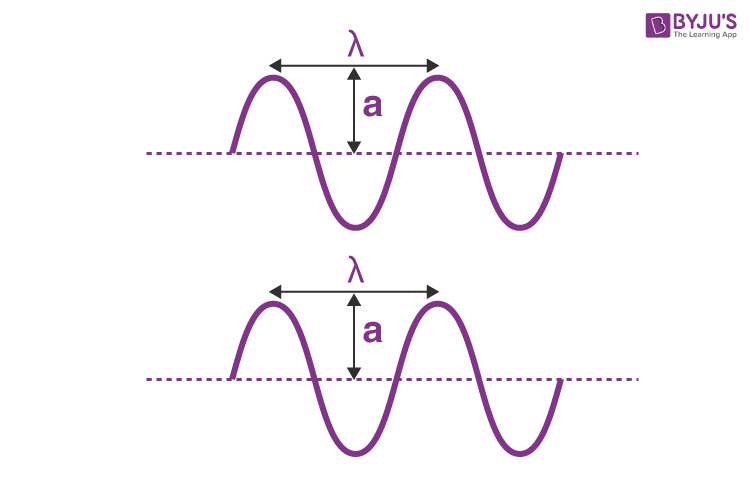

(1998) The relationship between the North Atlantic Oscillation and the ENSO, Geophys. (2004) Application of the cross wavelet transform and wavelet coherence to geophysical time series, Nonlinear Processes in Geophysics,11, 561-566. Modulation of hemispheric sea-ice cover by ENSO events, Nature, 373, 503-505. (1995) Wavelets in Geophysics, Academic Press, 373. (2003) Coherent interannual and decadal variations in the atmosphere-ocean system, Geophys. (2003) North Pacific-North Atlantic relationships under stratospheric control?, J. (2001) Stratospheric Harbingers of Anomalous Weather Regimes, Science,294, 581-584.Ĭastanheira, J.M. This process is experimental and the keywords may be updated as the learning algorithm improves.īaldwin, M.P. These keywords were added by machine and not by the authors. In contrast the 13.9 year signal propagates from the western Pacific as eastward propagating equatorial coupled ocean waves, and then fast boundary waves along the western margins of the Americas to reach both polar regions, and has a phase difference of about 1.8-2.1 years by the time it reaches the Arctic. The 2.2- 5.7 year signals, generated about three months earlier in the tropical Pacific Ocean, are transmitted via the stratosphere, and the Arctic Oscillation (AO) mediating propagation of the signals. Phase relationships for the different frequency signals suggest that there are several mechanisms for distribution of the 2.2-5.7 year and the 13.9 year signals. To study the phase dynamics of weakly interacting oscillating systems we apply average mutual information and mean phase coherence methods.
#MEAN PHASE COHERENCE SERIES#
Using Wavelet Transform (WT) we separate statistically significant components from time series and demonstrate significant co-variance and consistent phase differences between NH ice conditions and the Arctic Oscillation and Southern Oscillation indices (AO and SOI) at 2.2, 3.5, 5.7 and 13.9 year periods. Lastly, if you see any negative effects on the phase relationship, apply some compression, limiting, or dynamic EQ to control their dynamics and balance.We present observational evidence of the dynamic linkages between ENSO and Northern Hemisphere (NH) ice conditions over the past 135 years. Additionally, use a spectrum analyzer or a metering plugin to identify the loudest or most prominent elements or sections of your music and use a solo or mute function to isolate them. After that, look at the phase scope to see how the phase relationship changes. Then, use a frequency analyzer or an EQ plugin to solo or mute different bands of your signal. When using a phase scope in mastering, you should first check the overall phase coherence and alignment of your music for any signs of phase issues. Additionally, the phase scope can be used to compare different versions or formats of your music, such as the original mix, the mastered version, or the mono version. You can insert it on the master bus, individual tracks, or groups to isolate phase problems. To use a phase scope in mastering, you need to monitor your signal with a phase scope plugin or a hardware unit. Lastly, a blob or cloud implies that the left and right channels have varying degrees of phase coherence and alignment, which can create a natural and dynamic stereo image but can also cause some phase cancellation and mono issues if the blob or cloud is too spread out or erratic. A figure-eight indicates that the left and right channels are out of phase and have opposite polarity, creating maximum stereo width but also causing severe phase cancellation and mono incompatibility. A circle or ellipse suggests that the left and right channels are in phase but have different amplitudes or pan positions, which can create stereo width but also cause phase cancellation if the circle or ellipse is too narrow or flat. For example, a straight line at 45 degrees indicates that the left and right channels are perfectly in phase and have the same amplitude, creating mono compatibility but no stereo width or separation. To read a phase scope, you need to understand what different shapes and patterns mean.


 0 kommentar(er)
0 kommentar(er)
